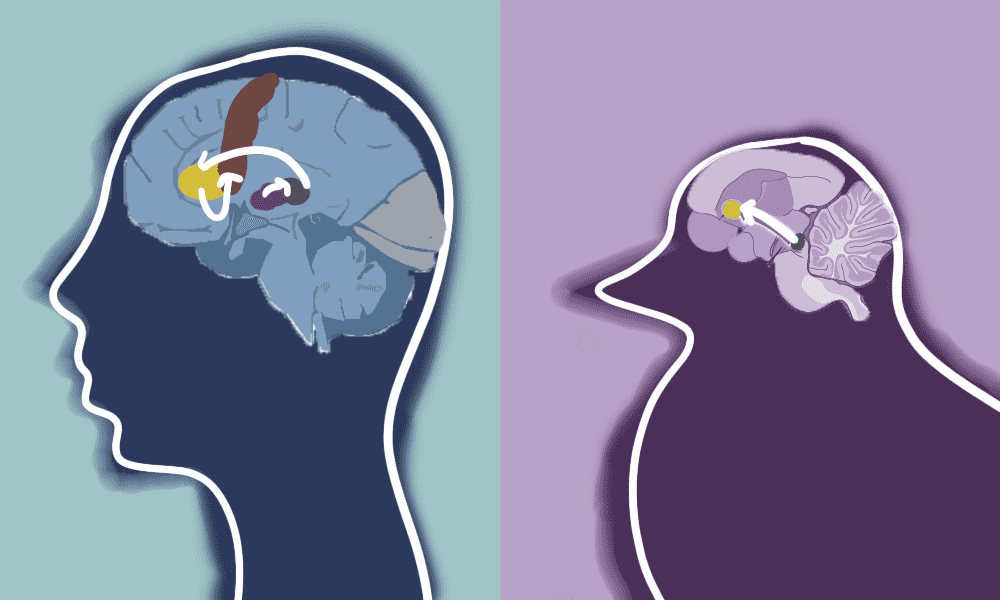So this group of researchers managed to translate the brain activity of a bird and are now able to recreate the bird’s song, down to the last minute detail. Remember how birds chirp almost as if they were singing? well, according to this research, we can figure out that pattern of singing. The first proof of concept study was done by a team from the University of California, San Diego. Published in journal Current Biology.
The research team was able to reproduce a songbird’s complex voice down to the minute pitch, volume, and timbre of the original just by reading its brain waves. Not going to lie, they do sound pretty good when they start chirping. According to senior author Timothy Gentner, a professor of psychology and neurobiology at UC San Diego, “The current state of the art in communication prosthetics is implantable devices that allow you to generate textual output, writing up to 20 words per minute”.
Professor Gentner further explained that “Now imagine a vocal prosthesis that enables you to communicate naturally with speech, saying out loud what you’re thinking nearly as you’re thinking it. That is our ultimate goal, and it is the next frontier in functional recovery”. The songbird’s the team researched were the Zebra Finch.
Professor Gentner’s lab partnered with professor Vikash Gilja’s lab, who is also the co-author of the study and professor of electrical and computer engineering. They are working to develop neural recording technologies and neural decoding strategies. They implanted silicon electrodes in male adult zebra finches and monitored the birds’ neural activity while they sang and recorded the electrical activity of the sensorimotor part of their brain.
According to Professor Gilja, “In many people’s minds, going from a songbird model to a system that will eventually go into humans is a pretty big evolutionary jump. But it’s a model that gives us a complex behavior that we don’t have access to in typical primate models that are commonly used for neural prosthesis research”.
The problem was that the neural patterns they detected were so complex that finding a single solution on how to map them was next to impossible. So the team opted for a simpler approach. They used simple representations of the birds’ vocalization patterns, basically simple mathematical equations, to train their algorithms to map neural activity to these simpler equations.
The end goal of the team is to leverage these bird models to create a speech prosthesis for humans. Basically, a device that would convert brain signals into whole words and even produce different sounds.

